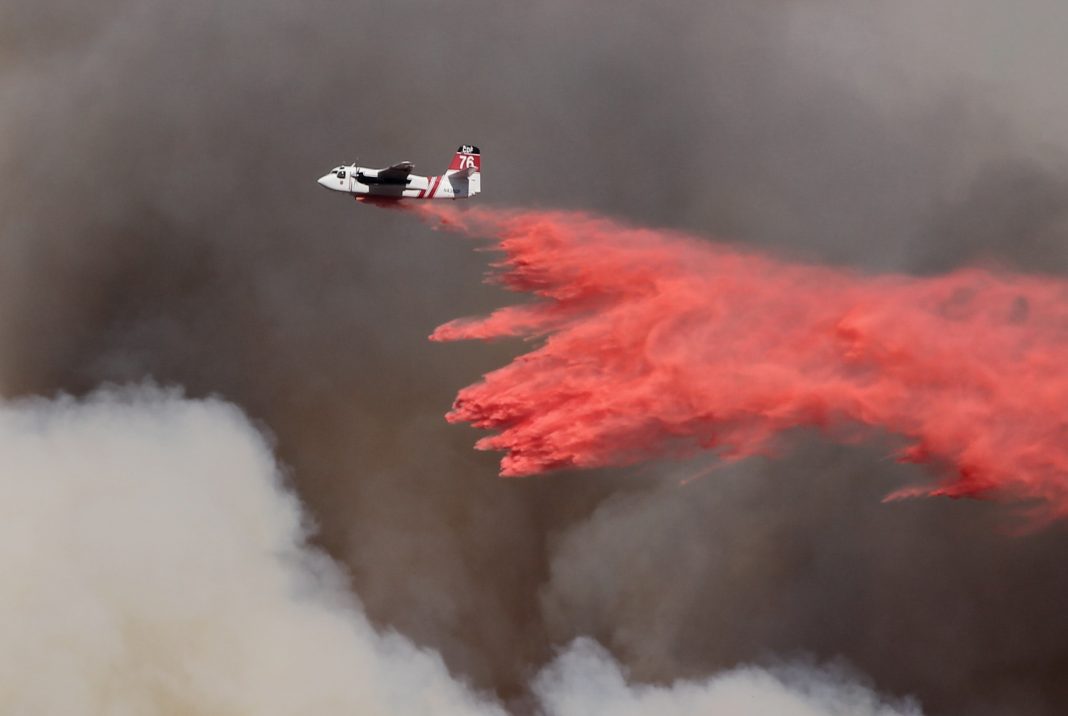Today, the U.S. Secretary of the Department of Interior, David Bernhardt, made his decision to implement strategies to help prevent wildfires. This strategy will implement the use of around 11,000 miles of fuel breaks within the targeted 223 million-acre area that reaches into parts of California, Nevada, Idaho, Utah, and Oregon.
The Department of the Interior says that the Bureau of Land Management (BLM) will use manual, chemical, and mechanical treatments. Examples include prescribed fires and targeted grazing to construct fuel breaks along roads and right-of-ways. This, in turn, will substantially decrease wildlife habitat loss and will increase accessibility for firefighters if wildfires do occur.
The BLM is responsible for executing this plan. In fact, the BLM has a well-established history of implementing and documenting the effects of fuel breaks. Since the early 2000’s, by surveying about 1,500 fuel breaks, they have concluded that almost 80% are effective in controlling wildfires. The goal is to restore and protect sagebrush ranges in the Great Basin, of which 45% have been destroyed by fire.
With the destruction of sagebrush communities, comes the emergence of invasive species, such as pinyon-juniper. But while the construction of these breaks are crucial for the protection of the sagebrush ranges, that is not enough. As Deputy Director of Policy William Perry Pendley points out, “fuel breaks will be most effective when they combine them with fuels reduction and rangeland restoration treatments.” These restoration treatments are still being discussed, and plans are currently being drafted as to the implementation.
This decision is a “crucial” starting point for protection of the Great Basin. Additional plans will likely add restoration treatments and fuels reduction. With this in place, wildfires will hopefully have much less negative impact. Also, native sagebrush communities will be strong enough to fight off invasive plants.
Thoughts?















